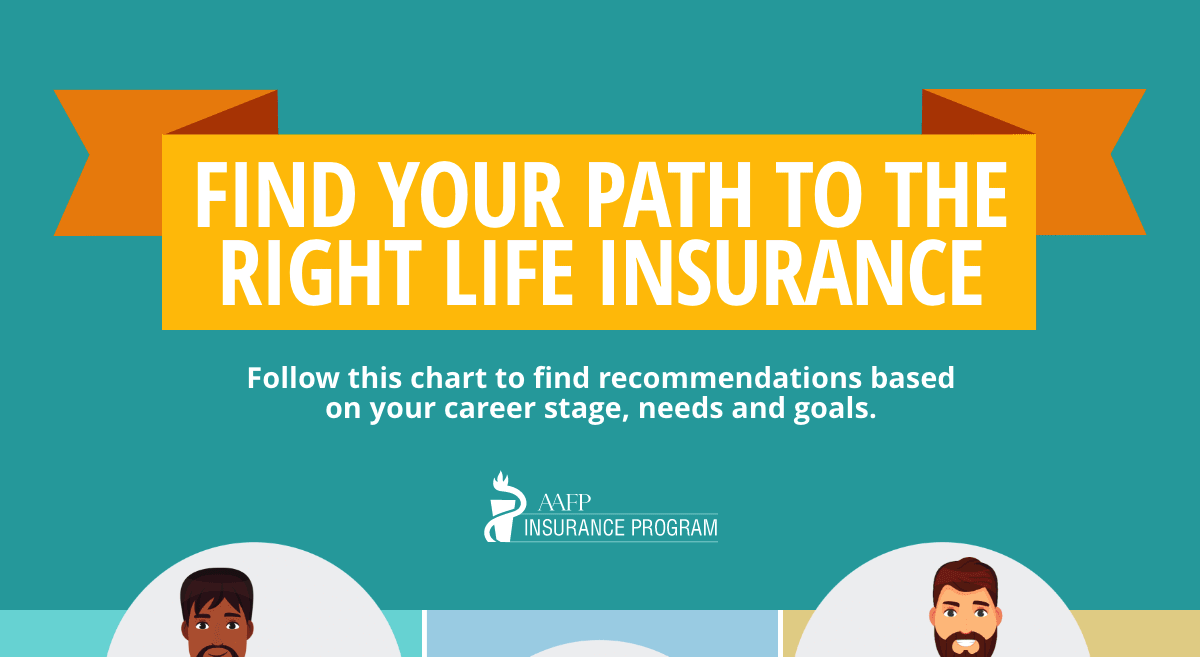What makes a private medical practice successful?
Success in any type of business isn’t just defined by how much money it makes. While financial prosperity is a determining factor in whether a practice will remain open or close its doors, there are other practice elements to consider.
Solo medical practices that achieve great success focus on the following key attributes: professional growth for staff members, a happy and healthy patient clientele, and continuous improvement of business operations.
If your staff feels as if their career path is at a dead-end, if your patients become unsatisfied with the care you’re providing, and if your practice has remained stagnant in terms of growth and general business upkeep, it’s time to make a change.
Start with customer service
Lack of good customer service can send a patient out of your office and into the waiting room of a competitor. To better improve patient interactions in-person, on the phone or online, ensure that your staff is properly trained in using all forms of communication used to interact with patients.
A little hospitality can go a long way, so it’s crucial that your staff exhibit the kind of attitude that reflects the kind of care you provide. Rude, disrespectful behavior shouldn’t be tolerated, even if the patient is in the wrong.
General cleanliness is another customer service factor that shouldn’t go overlooked. If you can’t afford a cleaning service, it’s worth it to just take a look around your office (waiting room, bathroom, lobby, etc.) and see what could use some sprucing up. Other little changes such as updating your magazines or adding a plant or two can make a big difference in the look and feel of your practice.
The overall satisfaction of your patients plays a huge role in determining your practice’s success. However, any business owner should never be complacent when it comes to customers and should always strive to improve the services they provide. Excellence in customer service will help your retention and referral rates.
Improve patient billing
Picture this scenario: You’ve just finished seeing a patient. They’re on their way out of the door, but the assistant at the front desk failed to collect their copay. What do you do?
This situation is all too common. In some cases, it’s an honest mistake or a simple miscommunication. In other instances, the patient simply may not have been able to afford their visit at the time. Whatever the reason, tracking down patients who’ve skipped out on their payment can lead to some uncomfortable conversations, especially since you’re the one losing revenue.
To ensure proper billing efficiencies, enable a system where patients are paying their bills at the time of service. Some practices will collect payment upon check-in. Some doctors will instruct patients to go to check-out to collect any outgoing paperwork and make payments. Others will simply send the patient a bill for services to their residential address.
You may also want to consider setting up an online pay portal which gives patients the opportunity to pay their bills online. This is an easy and convenient way for on-the-go patients to pay for their services without writing a check, waiting for snail mail, or giving credit card information over the phone.
Your patients need to be held accountable when they miss payments, and the billing systems you have in place must be effective. The last thing doctors want to do is send collection agencies after their patients.
Expand practice offerings
Launch your office into the 21st century by expanding certain practice offerings. All of us lead very hectic lifestyles which means we may not have the time to visit the doctor. This is especially true for patients who work traditional 9-5 jobs and can’t afford to take time off of work for a checkup.
To accommodate your busiest of patients, consider extending your office hours. If your office is usually open from 8am – 5pm, try opening an hour earlier or closing an hour later. You may even want to play with the idea of having weekend hours. Recruit nurse practitioners or physician assistants to pick up those added hours if you aren’t available. It’s your practice, so you have a lot of flexibility in what you can offer your patients.
Implementing telemedicine features is another way to modernize your practice while providing new-age medicine care. Today’s patients spend a great deal of time in front of a screen and many seek medical advice or engage in health activities on mobile devices. With telemedicine, you can set up virtual patient visits, monitor patients with chronic conditions, and provide an added convenience to younger patients who are less likely to step into a doctor’s office.
As was mentioned earlier, patient portals are another way to engage with patients, allowing them to take more control of their health. They are also a great way to increase efficiency and profitability. With these portals, patients will have the opportunity to:
- Review recent doctor visits
- Schedule/change appointments
- Review lab results
- Order prescription refills
- Update contact information
- Send messages to staff over a secure network
The doctor’s office is changing and with it, patient demands. By expanding your practice’s offerings and providing a more modern take on medicine, patients are more likely to develop a long-lasting doctor-patient relationship and recommend your services to others.
The success of your practice relies on how you and your staff interact with patients and how you manage upgrading your practice to reflect the direction the health care industry is headed. These are just a few small ways in which you can make your private practice more successful. Every small step counts.
Tell us: What have you done to improve the success of your medical practice? What else would you like to improve?
Photo Credit: Shutterstock




